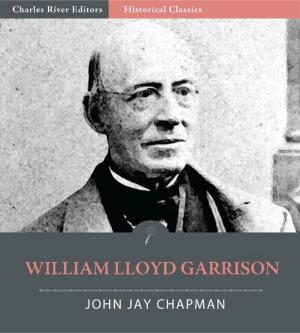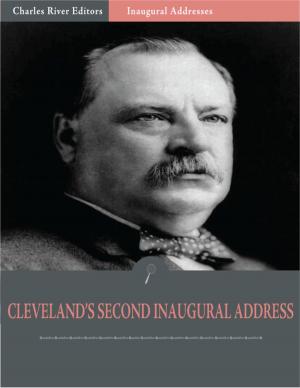The Sequel of Appomattox: A Chronicle of the Reunion of the States
Nonfiction, History, Americas, United States, Civil War Period (1850-1877), 19th Century, Military| Author: | Walter L. Fleming | ISBN: | 9781508084488 |
| Publisher: | Charles River Editors | Publication: | March 22, 2018 |
| Imprint: | Charles River Editors | Language: | English |
| Author: | Walter L. Fleming |
| ISBN: | 9781508084488 |
| Publisher: | Charles River Editors |
| Publication: | March 22, 2018 |
| Imprint: | Charles River Editors |
| Language: | English |
This is a history that begins with the wake of Lee’s surrender at Appomattox and traces how Reconstruction affected the divided country, leading all the way up to sectional reconciliation in its wake. It covers the events and movements that arose in the South, including the Ku Klux Klan. From the beginning: “When the armies of the Union and of the Confederacy were disbanded in 1865, two matters had been settled beyond further dispute: the Negro was to be free, and the Union was to be perpetuated. But, though slavery and state sovereignty were no longer at issue, there were still many problems which pressed for solution. The huge task of reconstruction must be faced. The nature of the situation required that the measures of reconstruction be first formulated in Washington by the victors and then worked out in the conquered South. Since the success of these policies would depend in a large measure upon their acceptability to both sections of the country, it was expected that the North would be influenced to some extent by the attitude of the Southern people, which in turn would be determined largely by local conditions in the South. The situation in the South at the close of the Civil War is, therefore, the point at which this narrative of the reconstruction naturally takes its beginning.”
This is a history that begins with the wake of Lee’s surrender at Appomattox and traces how Reconstruction affected the divided country, leading all the way up to sectional reconciliation in its wake. It covers the events and movements that arose in the South, including the Ku Klux Klan. From the beginning: “When the armies of the Union and of the Confederacy were disbanded in 1865, two matters had been settled beyond further dispute: the Negro was to be free, and the Union was to be perpetuated. But, though slavery and state sovereignty were no longer at issue, there were still many problems which pressed for solution. The huge task of reconstruction must be faced. The nature of the situation required that the measures of reconstruction be first formulated in Washington by the victors and then worked out in the conquered South. Since the success of these policies would depend in a large measure upon their acceptability to both sections of the country, it was expected that the North would be influenced to some extent by the attitude of the Southern people, which in turn would be determined largely by local conditions in the South. The situation in the South at the close of the Civil War is, therefore, the point at which this narrative of the reconstruction naturally takes its beginning.”















